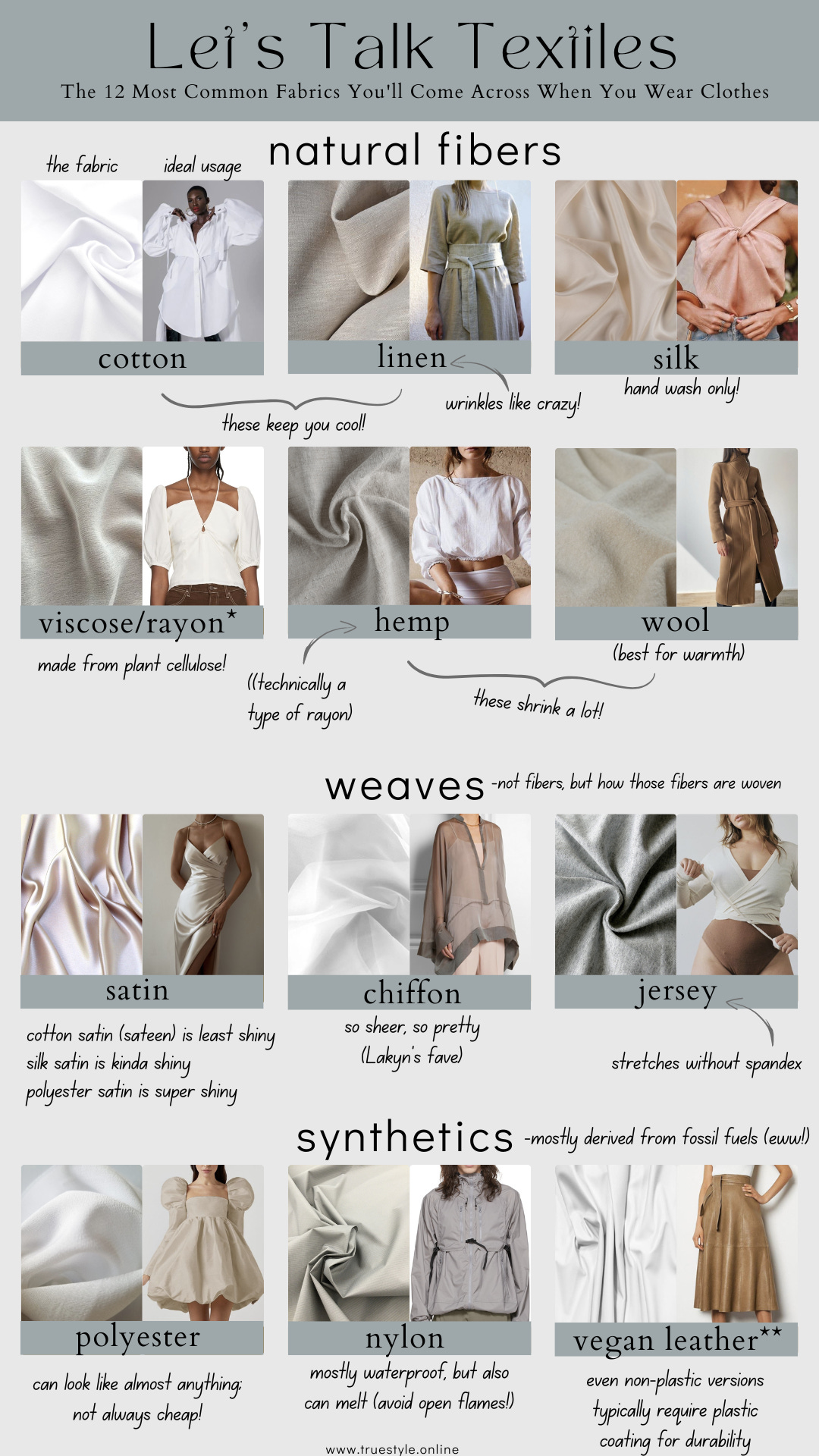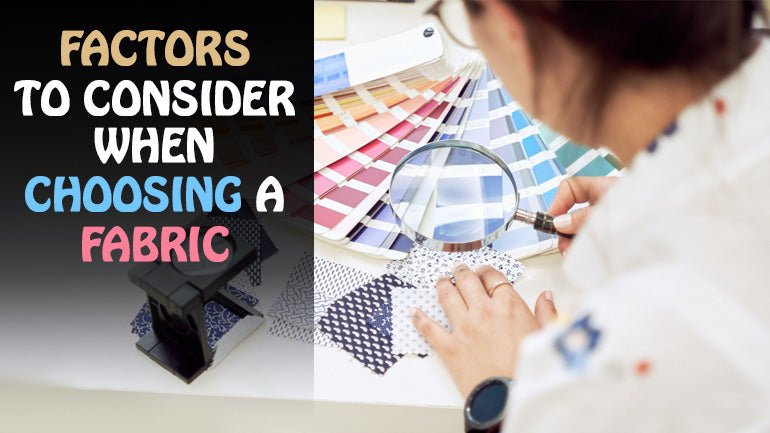Some Known Incorrect Statements About All 4 Way Stretch Fabrics
Some Known Incorrect Statements About All 4 Way Stretch Fabrics
Blog Article
What Does All 4 Way Stretch Fabrics Mean?
Table of ContentsExamine This Report on All 4 Way Stretch FabricsIndicators on All 4 Way Stretch Fabrics You Need To KnowHow All 4 Way Stretch Fabrics can Save You Time, Stress, and Money.About All 4 Way Stretch FabricsThe Buzz on All 4 Way Stretch Fabrics
You can learn much more regarding grain and grainline of fabric below. The material weight depends on numerous elements like the weave, fiber type, etc and is usually denoted by GSM. GSM can vary from 60 -700; 700 being the GSM of extremely premium woolen material. A denim textile has a GSM of 400, depending on the weave.But one point you need to keep in mind is that greater fabric weight does not signify greater textile high quality. It just is a sign of the viability of the material for a certain project. You can not pick high textile weight material denim for a lightweight drifting shawl. Recognizing the textile weight works when contrasting the very same sort of materials, yet even this will depend upon its application.
In a nutshell, the most important criteria to look for in the material you purchase are as complies with. The number of threads per inch of fabric (yarns-per-inch).
This is really important in any kind of material. In top notch textile, this equilibrium (either in numbers or in dimension) will constantly be kept. Processes used on fabric to improve look and performance. bi stretch fabric. The fibers that are woven to make the fabric will either be as a single hair or will be formed by integrating two yarns (twisted).
The Only Guide for All 4 Way Stretch Fabrics
A two-ply yarn is superior to a single-ply yarn.

If you are preparing to begin a new sewing task, selecting a material will be the most important action once you choose what you intend to make. After you've gone to all the problem and cost of acquiring the stitching equipment you like, a pattern you like, and a textile you like, you want the ended up item to be a success? One way to achieve that is to start by seeing to it your material is absolutely best for the job.
As an example, if you're making a patchwork, you'll immediately intend to utilize quilter's weight cotton for finest results (https://sandbox.zenodo.org/records/109235). But what if you intend to make a product of clothing? Just how do you understand which material will give you the most effective outcome? Selecting a fabric merely because you like the print or style on it isn't necessarily the very best technique.
In order to avoid doing a whole project for practically absolutely nothing, we've compiled some suggestions to aid you make a decision which textile is ideal for your job. Allow's say you already have a job in mind; exactly how do you discover the appropriate material for it?
The Only Guide for All 4 Way Stretch Fabrics
Assume of the characteristics you desire the completed item to have. Do you want a strong color or a print? If you are making a non-wearable item such as a cushion cover or pot holder, use a sturdy material such as canvas.
There is so much info around concerning materials, their characteristics, and their usages, it might reach be overwhelming! Do not attempt to take it in all at as soon as; simply begin with the job at hand. Find out all you can about the material you use for this set job.
Consist of little examples for reference. You will have your very own little collection of details to browse when you begin each new project.
If you're beginning with a pattern that you recognize you wish to make, the majority of the time the pattern will certainly inform you which sort of textile will certainly work best for that patternor at least offer you standards. Remember that the standards are there for a factor; take note of them! You can make your very own decision and do your very own thing, however you might end up needing to redo it if it does not go so well.
Getting My All 4 Way Stretch Fabrics To Work
If you're a stitching beginner, start with cotton, such as you would certainly locate in the quilting area of a textile shop. Cotton is without a doubt the most versatile and easiest fabric to function with, and nearly anything can be made with cotton. Make certain to clean it initially, since it does reduce.
Choose an item of clothes to make, or a craft projectjust avoid things that require to be stretchy (knits) or upholstery-type projects (heavy, sturdy materials). Besides woven cotton, textiles that are easy to take care of are flannel, non-flimsy woven silks, and wool or woollen blends. Prevent anything with a snooze, such as velour or fake hair, and prevent unsafe or large textiles.
You will certainly be proud of the finished job rather of irritated with time and products lost. We can help you discover brand-new strategies or motivate you to obtain started, assisting you through any kind of project you 'd like to complete.
Include little examples for referral. You will certainly have your very own little collection of information to browse when you start each brand-new project.
The Buzz on All 4 Way Stretch Fabrics

If you're a sewing beginner, begin with cotton, such as you would certainly discover in the quilting area of a material shop (sportswear fabric). Cotton is without a doubt the most flexible and easiest textile to collaborate with, and nearly anything can be made with cotton. Make sure to wash it first, because it does reduce
Pick an item of apparel to make, or a craft projectjust prevent things that require to be stretchy (knits) or upholstery-type tasks (heavy, resilient materials). Woven cotton, materials that are simple to take care of are flannel, non-flimsy woven silks, and wool or wool blends. Stay clear of anything with a nap, such as velvet or phony hair, and stay clear of slippery or large textiles.

Report this page